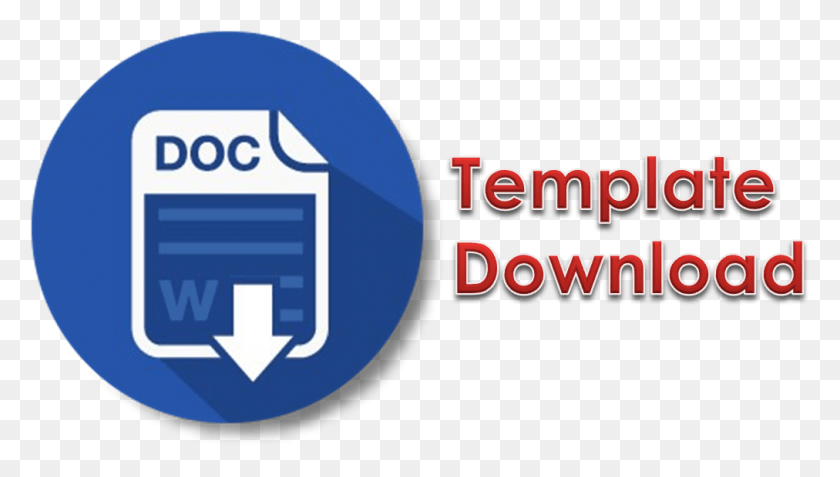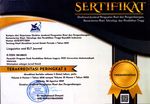The Components of Abstracts in the Areas of Indonesian International Journals
Abstract
The readers prefer to read the abstract in order to find out the contents. It has to be short, easily read, and understandable. It consists of complete elements or components. The aimed of this study were to reveal the components of abstract and to find out what were patterns of moves. The researchers used descriptive qualitative approach because this study focused on the analysis or interpretation of the written material in context. Quirkos Application was used to sort, manage, analyzed and understand the data. From the results that already exist, there are thirteen procedures of writing abstracts used by writers in Indonesian International Journals Indexed Scopus. Those were I, IP, IR, IPR, IRD, IMR, PMR, PMD, IMRD, PMRD, IPMR, PIRM, and IPMRD. There are limitations in this research that have to be considered. First, this corpus consists of abstracts in only areas of Indonesia. Second, further research is necessary to determine the variables that affect the writers’ model in writing an appropriate abstract. Thirdly, the researchers only analyzed 47 abstracts.
Keywords
Full Text:
PDFReferences
Andrade, C. (2011). How to write a good abstract for a scientific paper or conference presentation. Indian Journal of Psychiatry, 53(2), 172-175.
Andrei V. Alexandrov. Michael G. Hennerici. 2007. Writing Good Abstracts. S. Karger AG, Basel 1015–9770/07/0234–0256$23.50/0. Stroke Research and Neurosonology Program, Barrow Neurological Institute Suite 300 Neurology, 500 West Thomas Rd Phoenix, AZ 85013 (USA). E-Mail [email protected]
Arikunto, S. 2010. Prosedur Penelitian Suatu Pendekatan Praktik. Jakarta: Rineka Cipta. Atanassova, I., Bertin, M., & Larivière, V. (2016). On the composition of scientific abstracts.
Journal of Documentation, 72(4), 636 – 647. doi: 10.1108/JD-09-2015-0111
Bogdan, R., C., & Biklen, S., K. (2007). Qualitative research for education. An introduction
to theories and methods, (5th e.d.) Boston. MA: Pearson Education Inc.
Borko, H. and Bernier, C. L. (1975), Abstracting concepts and methods, Academic Press, New York, NY.
Creswell, J. W. (2014). Research Design: Qualitative, Quantitative and Mixed Methods Approaches (4th ed.). Thousand Oaks, CA: Sage
Harison M. Sidek, Noor Saazai Mat Saad, Hazleena Baharun, and Mohamad Muzhafar Idris, 2016. An analysis of rhetorical moves in abstracts for conference proceeding. IJASOS- International E-Journal of Advances in Social Sciences, Vol.II, Issue 4, April 2016. http://ijasos.ocerintjournals.org
Hartley, J., & Betts, L. (2009). Common weaknesses in traditional abstracts in the social sciences. Journal of the American Society for Information Science and Technology, 60(10), 2010-2018. doi: 10.1002/ asi.21102
Hartley. J and Cabanac. G. 2017. ThirteenWays to Write an Abstract. School of Psychology, Keele University, Keele, Staffordshire ST5 5BG, UK. Licensee MDPI, Basel, Switzerland. Publications 2017, 5, 11. doi:10.3390/publications5020011.
Hyland, K. (2007). Genre pedagogy: Language, literacy and L2 writing instruction. Journal of second language writing, 16(3), 148-164.
Jamar, N., Šauperl, A. and Bawden, D. (2014). The components of abstracts: The logical structure of abstracts in the areas of materials science and technology and of library and information science. New Library World, 115(1-2), pp. 15-33. doi: 10.1108/NLW-09-2013- 0069
Jay N Shah, 2017. How to write abstract for a scientific journal article. Journal of Patan Academy of Health Sciences. 2017 Jun;4(1):1-2. ISSN: 2091-2749. Journal of Patan Academy of Health Sciences, Lalitpur, Kathmandu, Nepal. https://www.researchgate.net/publication/319501358
Maria Soledad Loutayf, 2017. Analysis of abstracts in English: A study of abstracts written by EFL writers in Argentina. Argentinian Journal of Applied Linguistics Vol. 5, No. 1, May 2017, 15-36. Universidad Nacional de Salta, Universidad Catolica de Salta, Profesorado Superior de Lenguas Vivas de Salta. [email protected], [email protected]
Milas-Bracović, M. (1987), "Struktura znanstvenog članaka i njegovog autorskog sažetka = The structure of scientific papers and their author abstracts", Informatologia Yugoslavica, Vol. 19 No. 1/2, pp. 51-67.
Montesi, M., & Owen, J. M. (2007). Revision of author abstracts: How it is carried out by LISA editors. Aslib Proceedings, 59(1), 26-45.
Seden Can, Erkan Karabacak and Jingjing Qin, 2016. Structure of Moves in Research Article Abstracts in Applied Linguistics.Published: 18 July 2016, 4, 23; doi:10.3390/publications4030023. www.mdpi.com/journal/publications
Shannon, S. (2000). Writing a structured abstract. Canadian Association of Radiologists Journal, 51(6), 328-329.
Weil B. H. et al. (1963 b), "Technical abstracting fundamentals. II. Writing priciples and practices", Journal of Chemical Documentation, Vol. 3 No. 3, pp. 125-132. DOI: 10.1021/c160010a001.
Wong HL, Truong D, Mahamed A, Davidian C, Rana Z, Einarson TR. 2005. Quality of structured abstracts of original research articles in the British Medical Journal, the Canadian Medical Association Journal and the Journal of the American Medical Association: a 10- year follow-up study. Curr Med Res Opin 2005; 21: 467–473.
DOI: https://doi.org/10.31764/leltj.v8i1.3083
Refbacks
- There are currently no refbacks.
Copyright (c) 2020 Linguistics and English Language Teaching Journal

This work is licensed under a Creative Commons Attribution-ShareAlike 4.0 International License.
_____________________________________________________
Linguistics and ELT Journal
p-ISSN 2339-2940 | e-ISSN 2614-8633

LELTJ is licensed under a Creative Commons Attribution-ShareAlike 4.0 International License.
_____________________________________________________
LELTJ is abstracting & indexing in the following databases:
_____________________________________________________
LELTJ Editorial Office:













